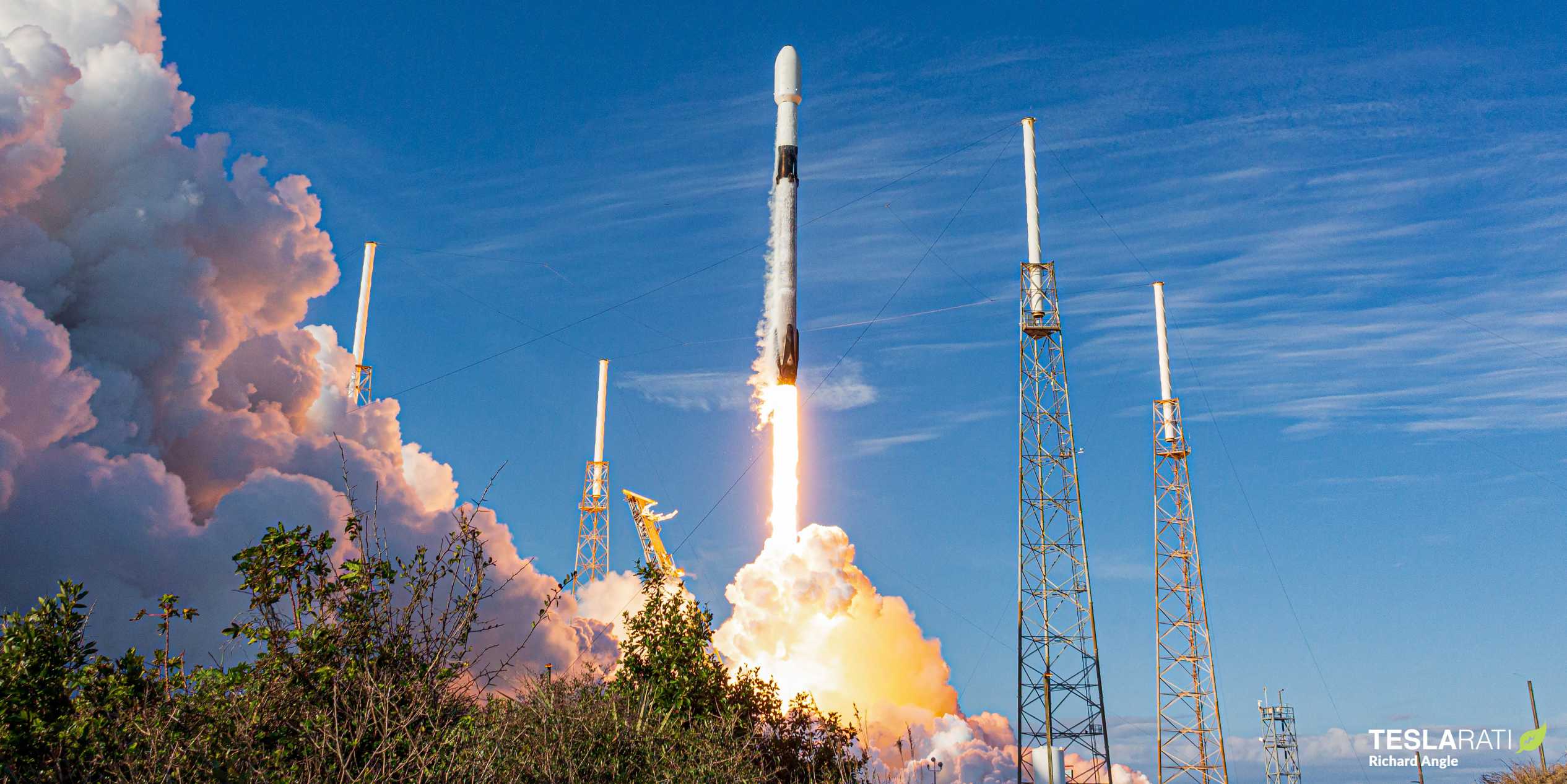
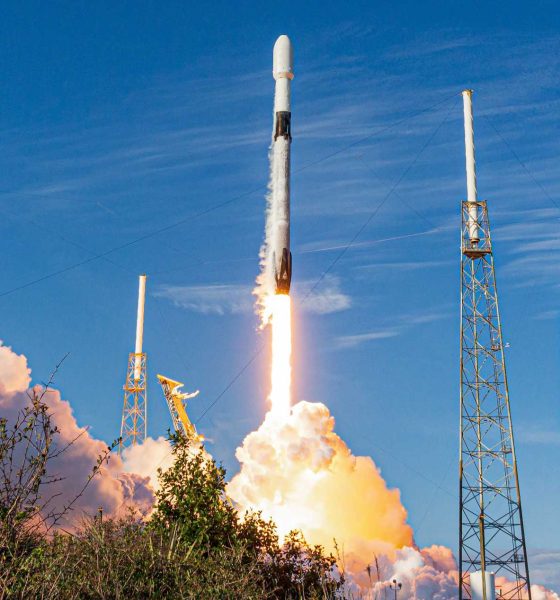
News
SpaceX's workhorse Falcon 9 rocket expected to reach major launch milestone in 2020
Hours after SpaceX launched its 240th new Starlink satellite into orbit, Elon Musk took to Twitter to cryptically reveal that the company’s workhorse Falcon 9 rocket could “reach triple digits this year” if everything goes according to plan.
Designed and built by SpaceX in the late 2000s, the Falcon 9 rocket launched for the first time in June 2010. Developed for the unfathomably low price of $300 million from clean-sheet design to first orbital launch, the original single-core Falcon 9 rocket – known as V1.0 – was about 48m (160 ft) tall, weighed 333 metric tons (735,000 lb) fully fueled, and was capable of launching almost 10.5 metric tons (23,000 lb) into low Earth orbit (LEO). Famously, when provided with Falcon 9’s basic specifications and characteristics, an independent NASA study estimated that the rocket’s development would have cost the agency anywhere from $1.7 billion to $4 billion to design and build.
NASA came to this conclusion in 2011, less than a year after Falcon 9’s first launch, and that the disconnect between the status quo held by NASA and the broader US spaceflight industry and what SpaceX tangibly achieved came to almost perfectly symbolize the rocket’s first six or so years of operations. Although SpaceX stumbled hard with two catastrophic rocket failures in June 2015 and September 2016, the company ultimately picked itself up, learned from those still-agonizing lessons, and has since shaped Falcon 9 into one of the most capable, reliable, reusable, and prolific launch vehicles ever flown. That latter characteristic – the sheer volume of launches Falcon 9 has come to represent – is what CEO Elon Musk was referring to earlier this week.
Specifically, after Wednesday’s flawless launch, Falcon 9 has now launched 80 times in its 9.5-year career, while Starlink V1 L3 marked the workhorse rocket’s 52nd consecutive success of 79 total. Impressively, while those 52 launches represent almost 65% of all of Falcon 9’s missions, SpaceX has dramatically improved the rocket’s reliability and availability over the last few years. In short, Falcon 9 has completed 52 consecutively successful launches in exactly 36 months (January 2017 to January 2020), meaning that nearly two-thirds of its lifetime launches have occurred in less than a third of the time Falcon 9 has been operational.
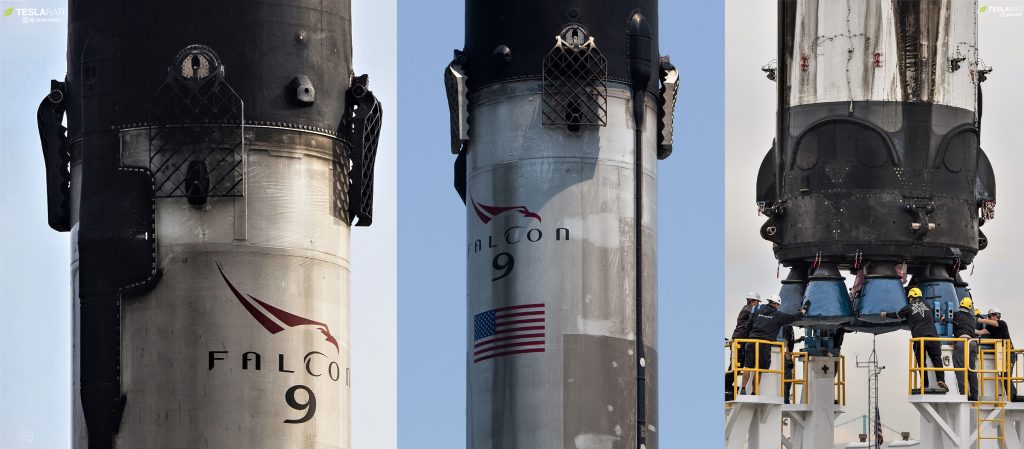
Put a different way, since the start of 2017, SpaceX has – on average – launched Falcon 9 more than four times (1.4 launches/month) as often as the rocket managed in its first 6.5 years of operations (1 launch every 2.7 months). Tweeting on January 29th, 2020 in response to an overview of the number of launches performed by each operational US rocket, CEO Elon Musk hinted that he believes “Falcon 9 will achieve triple digits” in 2020.
In other words, Musk thinks that SpaceX’s workhorse Falcon 9 rocket will be able to reach more than 100 lifetime launches by the end of 2020 — a feat that will require at least 20 additional Falcon 9 launches over the next 11 months. Speaking hours after SpaceX completed its third launch in January 2020 alone, it’s not hard to imagine – assuming, as Musk did, that “all goes well – that Falcon 9 will manage another 20 launches this year.
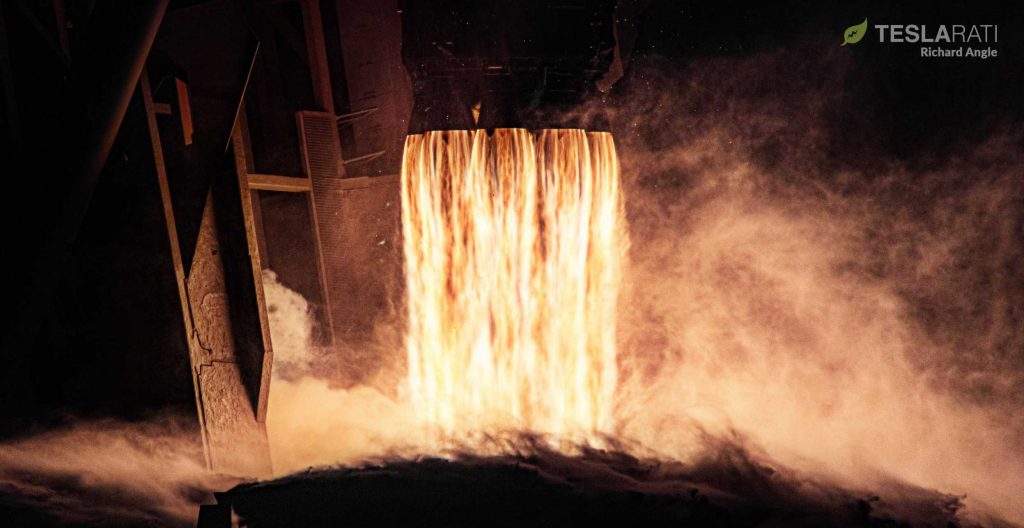
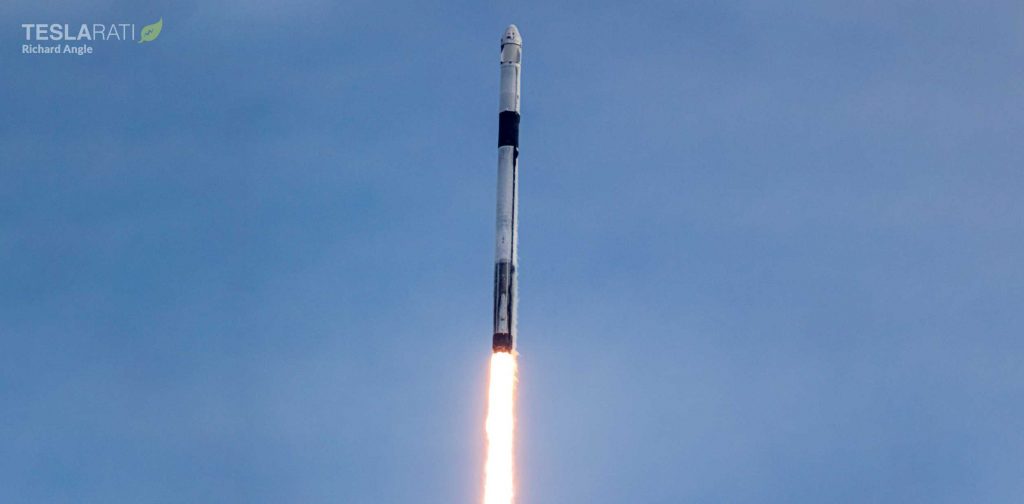
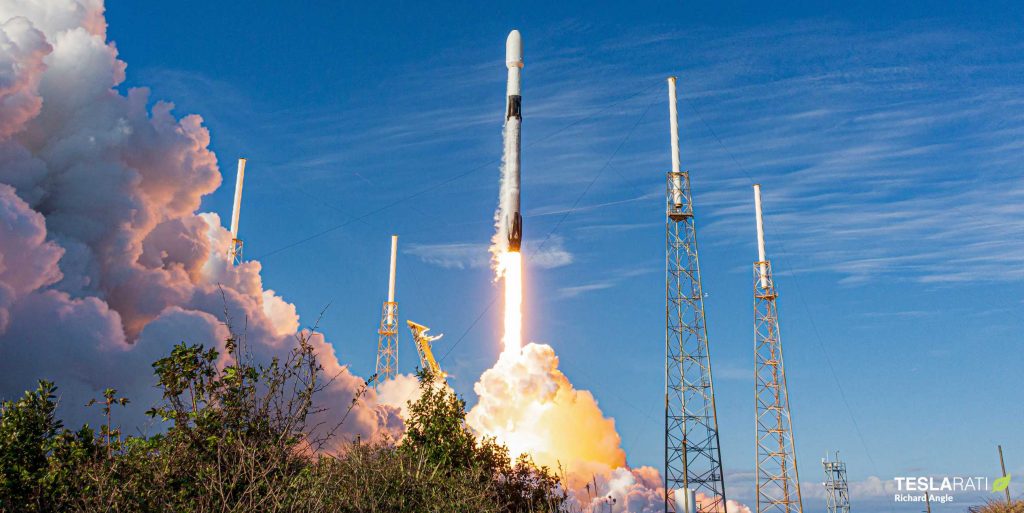
Averaged out, SpaceX has performed a launch every 9.7 days in January. Extrapolated to the rest of the year and assuming no improvement, SpaceX could theoretically perform as many as 37 launches in 2020. It’s worth noting, however, that SpaceX’s third launch of the month was ready for flight as early as January 21st but was delayed more than a week by bad weather – obviously out of the company’s control. Had weather permitted, SpaceX even had a fourth launch planned this month – a Starlink mission that is now expected sometime in early February.
In simple terms, it would take one or several major upsets to prevent Falcon 9 from reaching >100 lifetime launches later this year. Even if every single customer launch abruptly slips into 2021, SpaceX has still said that it has plans for 20-24 dedicated Starlink launches in 2020 alone, potentially singlehandedly carrying Falcon 9 over the 100-launch crest.
Falcon 9’s next launch – the fourth Starlink v1.0 mission – is currently scheduled no earlier than (NET) early February, followed by another Starlink mission later that month and Cargo Dragon’s final space station resupply mission NET March 2nd.
Check out Teslarati’s Marketplace! We offer Tesla accessories, including for the Tesla Cybertruck and Tesla Model 3.

News
Elon Musk’s Grokipedia surges to 5.6M articles, almost 79% of English Wikipedia
The explosive growth marks a major milestone for the AI-powered online encyclopedia, which was launched by Elon Musk’s xAI just months ago.

Elon Musk’s Grokipedia has grown to an impressive 5,615,201 articles as of today, closing in on 79% of the English Wikipedia’s current total of 7,119,376 articles.
The explosive growth marks a major milestone for the AI-powered online encyclopedia, which was launched by Elon Musk’s xAI just months ago. Needless to say, it would only be a matter of time before Grokipedia exceeds English Wikipedia in sheer volume.
Grokipedia’s rapid growth
xAI’s vision for Grokipedia emphasizes neutrality, while Grok’s reasoning capabilities allow for fast drafting and fact-checking. When Elon Musk announced the initiative in late September 2025, he noted that Grokipedia would be an improvement to Wikipedia because it would be designed to avoid bias.
At the time, Musk noted that Grokipedia “is a necessary step towards the xAI goal of understanding the Universe.”
Grokipedia was launched in late October, and while xAI was careful to list it only as Version 0.1 at the time, the online encyclopedia immediately earned praise. Wikipedia co-founder Larry Sanger highlighted the project’s innovative approach, noting how it leverages AI to fill knowledge gaps and enable rapid updates. Netizens also observed how Grokipedia tends to present articles in a more objective manner compared to Wikipedia, which is edited by humans.
Elon Musk’s ambitious plans
With 5,615,201 total articles, Grokipedia has now grown to almost 79% of English Wikipedia’s article base. This is incredibly quick, though Grokipedia remains text-only for now. xAI, for its part, has now updated the online encyclopedia’s iteration to v0.2.
Elon Musk has shared bold ideas for Grokipedia, including sending a record of the entire knowledge base to space as part of xAI’s mission to preserve and expand human understanding. At some point, Musk stated that Grokipedia will be renamed to Encyclopedia Galactica, and it will be sent to the cosmos.
“When Grokipedia is good enough (long way to go), we will change the name to Encyclopedia Galactica. It will be an open source distillation of all knowledge, including audio, images and video. Join xAI to help build the sci-fi version of the Library of Alexandria!” Musk wrote, adding in a later post that “Copies will be etched in stone and sent to the Moon, Mars and beyond. This time, it will not be lost.”
News
Tesla Model 3 becomes Netherlands’ best-selling used EV in 2025
More than one in ten second-hand electric cars sold in the country last year was a Tesla Model 3.

The Tesla Model 3 became the most popular used electric car in the Netherlands in 2025, cementing its dominance well beyond the country’s new-car market.
After years at the top of Dutch EV sales charts, the Model 3 now leads the country’s second-hand EV market by a wide margin, as record used-car purchases pushed electric vehicles further into the mainstream.
Model 3 takes a commanding lead
The Netherlands recorded more than 2.1 million used car sales last year, the highest level on record. Of those, roughly 4.8%, or about 102,000 vehicles, were electric. Within that growing segment, the Tesla Model 3 stood far ahead of its competitors.
In 2025 alone, 11,338 used Model 3s changed hands, giving the car an 11.1% share of the country’s entire used EV market. That means more than one in ten second-hand electric cars sold in the country last year was a Tesla Model 3, Auto Week Netherlands reported. The scale of its lead is striking: the gap between the Model 3 and the second-place finisher, the Volkswagen ID3, is more than 6,700 vehicles.
Rivals trail as residual values shape rankings
The Volkswagen ID.3 ranked a distant second, with 4,595 used units sold and a 4.5% market share. Close behind was the Audi e-tron, which placed third with 4,236 registrations. As noted by Auto Week Netherlands, relatively low residual values likely boosted the e-tron’s appeal in the used market, despite its higher original price.
Other strong performers included the Kia Niro, the Tesla Model Y, and the Hyundai Kona, highlighting continued demand for compact and midsize electric vehicles with proven range and reliability. No other model, however, came close to matching the Model 3’s scale or market presence.
News
Tesla Model Y Standard Long Range RWD launches in Europe
The update was announced by Tesla Europe & Middle East in a post on its official social media account on X.

Tesla has expanded the Model Y lineup in Europe with the introduction of the Standard Long Range RWD variant, which offers an impressive 657 km of WLTP range.
The update was announced by Tesla Europe & Middle East in a post on its official social media account on X.
Model Y Standard Long Range RWD Details
Tesla Europe & Middle East highlighted some of the Model Y Standard Long Range RWD’s most notable specs, from its 657 km of WLTP range to its 2,118 liters of cargo volume. More importantly, Tesla also noted that the newly released variant only consumes 12.7 kWh per 100 km, making it the most efficient Model Y to date.
The Model Y Standard provides a lower entry point for consumers who wish to enter the Tesla ecosystem at the lowest possible price. While the Model 3 Standard is still more affordable, some consumers might prefer the Model Y Standard due to its larger size and crossover form factor. The fact that the Model Y Standard is equipped with Tesla’s AI4 computer also makes it ready for FSD’s eventual rollout to the region.
Top Gear’s Model Y Standard review
Top Gear‘s recent review of the Tesla Model Y Standard highlighted some of the vehicle’s most notable features, such as its impressive real-world range, stellar infotainment system, and spacious interior. As per the publication, the Model Y Standard still retains a lot of what makes Tesla’s vehicles well-rounded, even if it’s been equipped with a simplified interior.
Top Gear compared the Model Y Standard to its rivals in the same segment. “The introduction of the Standard trim brings the Model Y in line with the entry price of most of its closest competition. In fact, it’s actually cheaper than a Peugeot e-3008 and costs £5k less than an entry-level Audi Q4 e-tron. It also makes the Ford Mustang Mach-E look a little short with its higher entry price and worse range,” the publication wrote.








